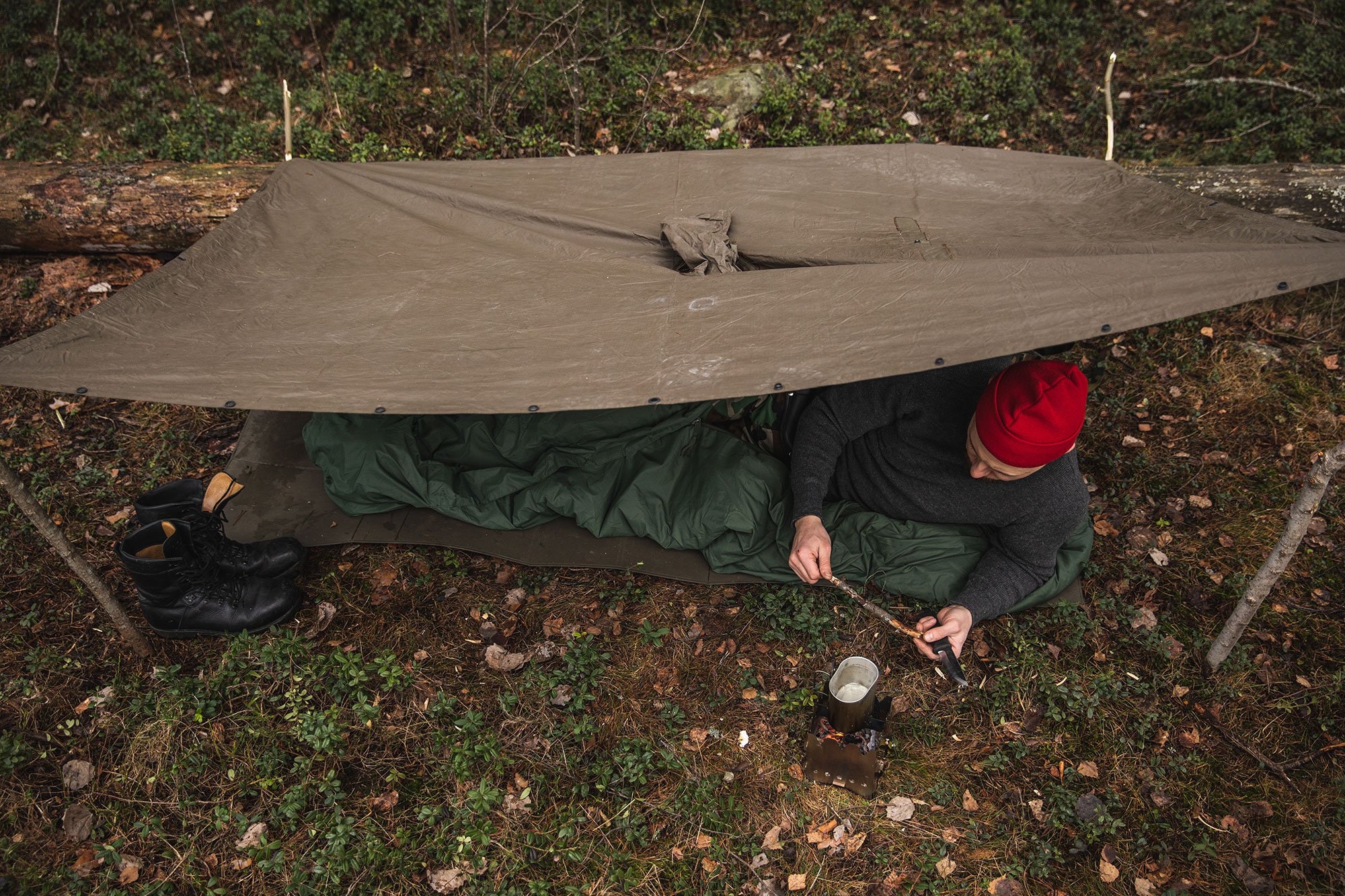
Sleeping Pads
In the old days before sleeping pads, rugged Finnish hunters used to make their camp beds out of spruce twigs. However, nowadays you’d better not do that without permission. Luckily...
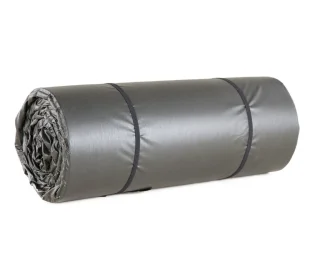
Savotta FDF Sleeping Pad
55,99 €
Available
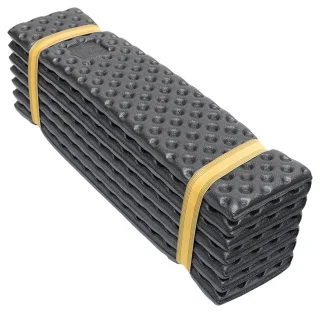
Kaira Arctic sleeping mat
21,99 €
Available
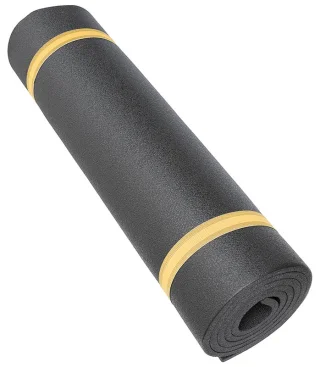
Kaira XL-sleeping mat
9,99 €
Available
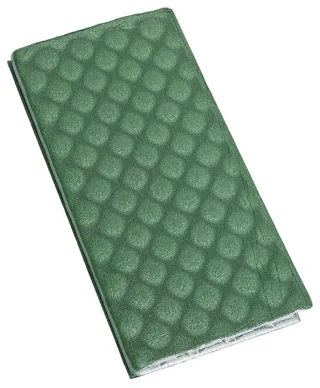
Kaira Arctic Alu folding seat mat
6,99 €
Available
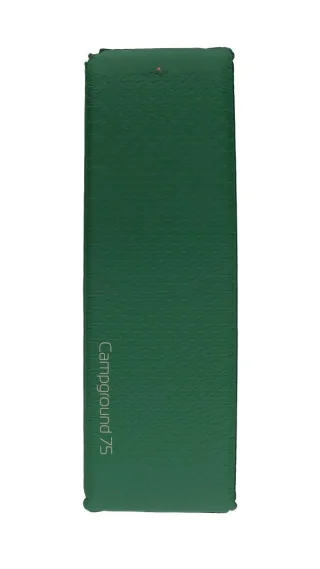
Robens Campground 75 Sleeping Pad
60,99 €
Available
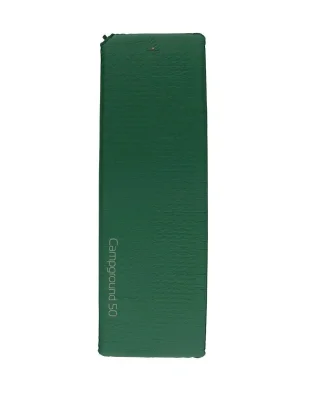
Robens Campground 50 Sleeping Pad
47,99 €
Available
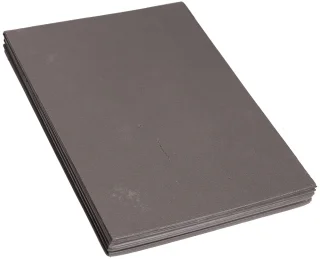
BW folding sleeping mat, surplus
15,99 €
Out of Stock
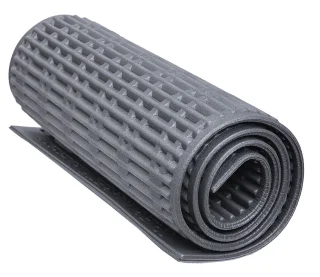
Therm-A-Rest RidgeRest Classic Sleeping Pad
23,99 € - 31,99 €
Out of Stock
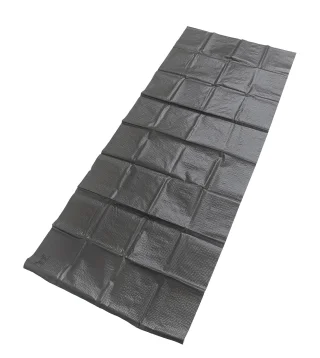
BW ground sheet, surplus
11,99 €
Out of Stock
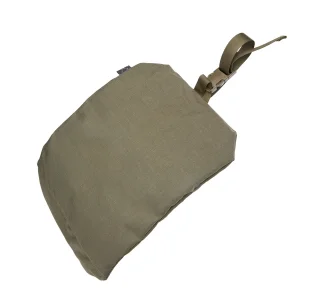
Baribal Sitting Pad
13,99 €
Out of Stock
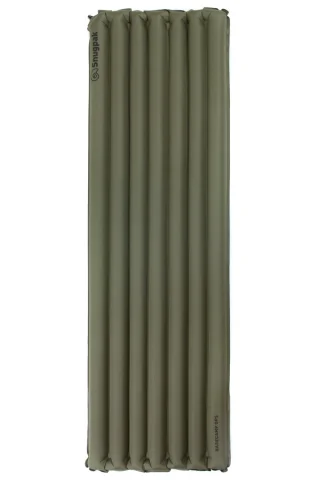
Snugpak BCO Air Mat Sleeping Pad w. Built-in Pump
63,99 €
Out of Stock
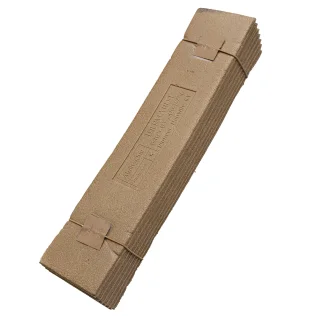
USMC Therm-A-Rest ISM Folding Sleeping Pad, Coyote, Surplus
23,99 €
Out of Stock
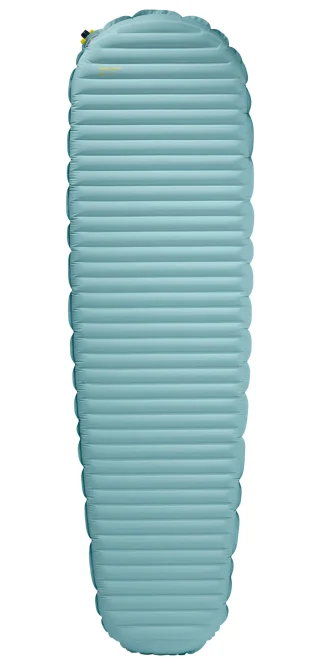
Therm-a-Rest NeoAir XTherm NXT Winter Sleeping Pad, Regular
231,07 €
Out of Stock